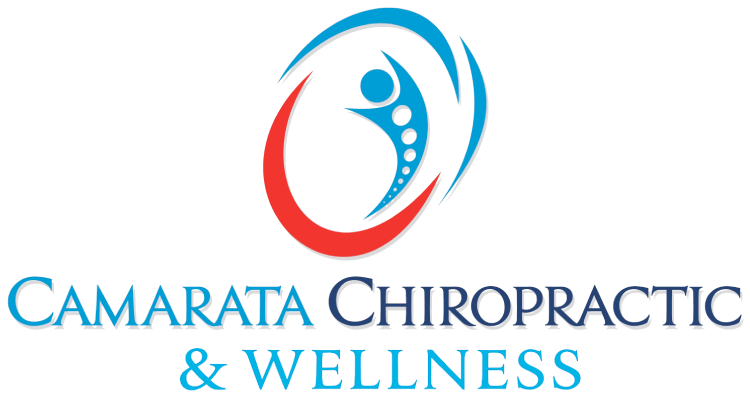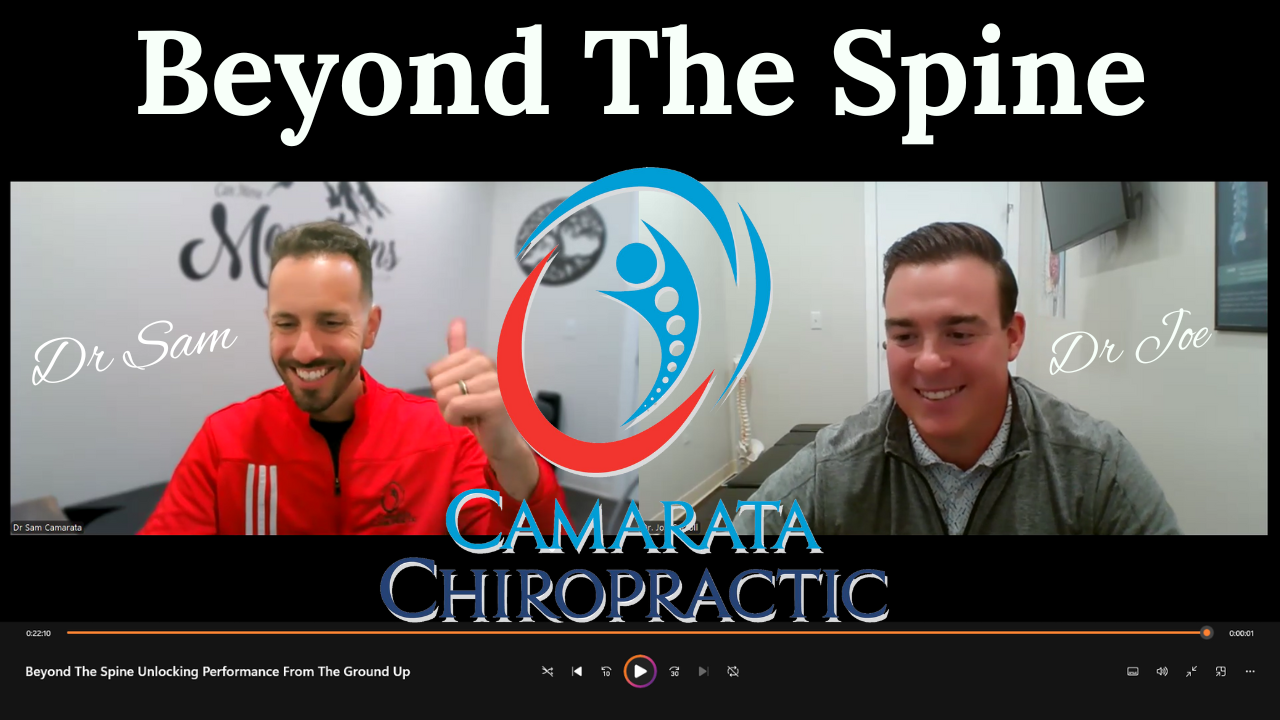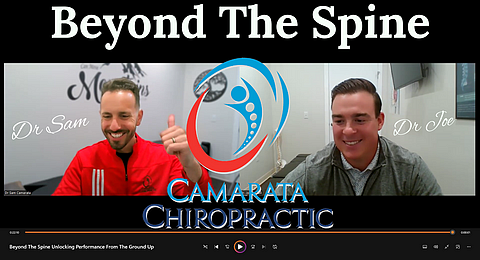Blog
Unveiling the Truth About Chiropractic Adjustments: Answering Your Questions

Chiropractic care has gained popularity as a natural approach to improving health and well-being. However, it's important to address common questions and concerns regarding chiropractic adjustments. In this article, we will dive into frequently asked questions to help you better understand the benefits, considerations, and potential limitations of chiropractic care.
1. Are chiropractic adjustments good for you?
Chiropractic adjustments, when performed by a trained and licensed chiropractor, can provide numerous benefits. These adjustments help restore proper alignment to the spine, improve nervous system function, and promote overall health and well-being. Many individuals report reduced pain, improved mobility, and enhanced quality of life after receiving chiropractic care.
2. How do you know if you need a chiropractic adjustment?
There are signs that may indicate the need for a chiropractic adjustment. These include chronic pain, stiffness, limited range of motion, recurring headaches, or a history of musculoskeletal issues. If you experience any of these symptoms, it may be beneficial to consult with a chiropractor who can evaluate your condition and determine if an adjustment is appropriate.
3. How often is it okay to get adjusted by a chiropractor?
The frequency of chiropractic adjustments depends on individual needs and the nature of the condition being addressed. Some individuals may require more frequent adjustments initially, while others may benefit from periodic maintenance care. A chiropractor will assess your specific situation and create a personalized treatment plan to best meet your needs.
4. Why do doctors disagree with chiropractors?
There can be differing opinions between doctors and chiropractors due to variations in training, philosophies, and approaches to healthcare. While medical doctors often focus on pharmaceutical interventions and surgery, chiropractors emphasize natural, non-invasive methods to address musculoskeletal issues. Collaboration between healthcare professionals can provide a well-rounded approach to patient care.
5. Are there any cons to chiropractic care?
Chiropractic care, like any healthcare intervention, may have potential limitations. While rare, some individuals may experience mild soreness or discomfort after an adjustment. It's essential to communicate openly with your chiropractor and disclose any pre-existing conditions or concerns to ensure the best possible care.
6. What is the failure rate of chiropractic care?
Chiropractic care is generally safe and effective; however, the success of treatment can vary depending on several factors, including the specific condition being treated, patient compliance, and individual responses. It's important to have realistic expectations and to work closely with your chiropractor to monitor progress and make any necessary adjustments to your treatment plan.
7. What is a red flag in chiropractic?
A red flag in chiropractic refers to warning signs that may indicate a need for further evaluation or potential referral to another healthcare professional. Examples include severe or progressive neurological symptoms, unexplained weight loss, or sudden onset of intense pain. Chiropractors are trained to recognize and address these red flags and will refer patients to the appropriate specialist if necessary.
8. How do you know if your neck is out of alignment?
Signs of a misaligned neck can include neck pain, limited range of motion, muscle tightness, headaches, and even radiating pain into the arms. A chiropractor can perform a thorough examination to assess the alignment of your neck and recommend appropriate treatment if misalignment is detected.
9. How long does toxic release last after a chiropractic adjustment?
Some individuals may experience a temporary response after a chiropractic adjustment, known as toxic release or healing crisis. This may include mild fatigue, soreness, or flu-like symptoms. These responses typically subside within 24 to 48 hours as the body adjusts and begins the healing process.
10. Who should not get a chiropractic adjustment?
‹ Back
















